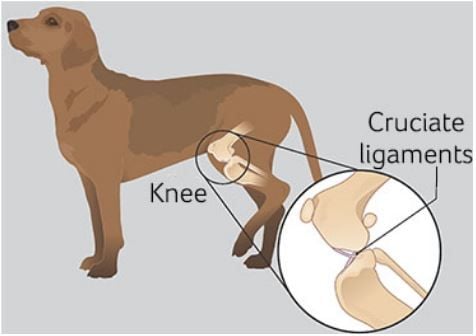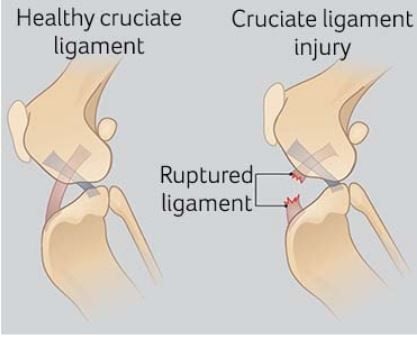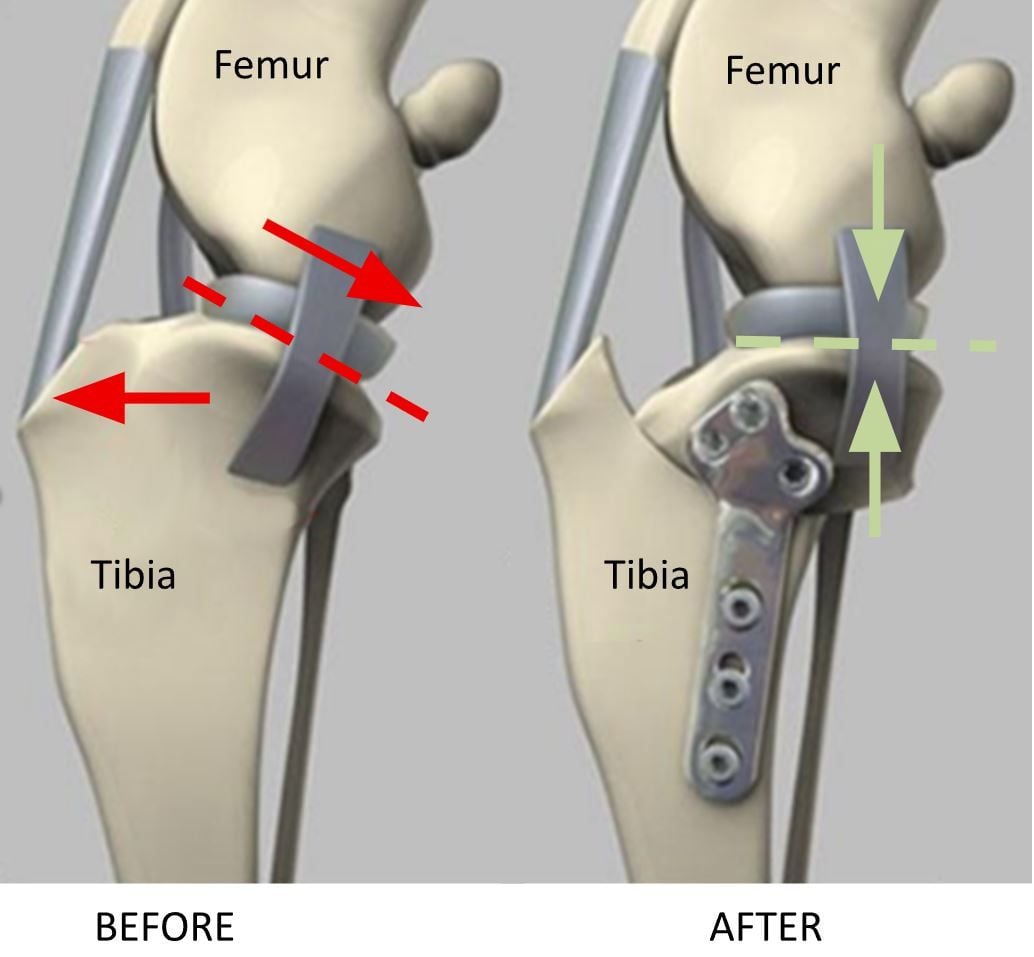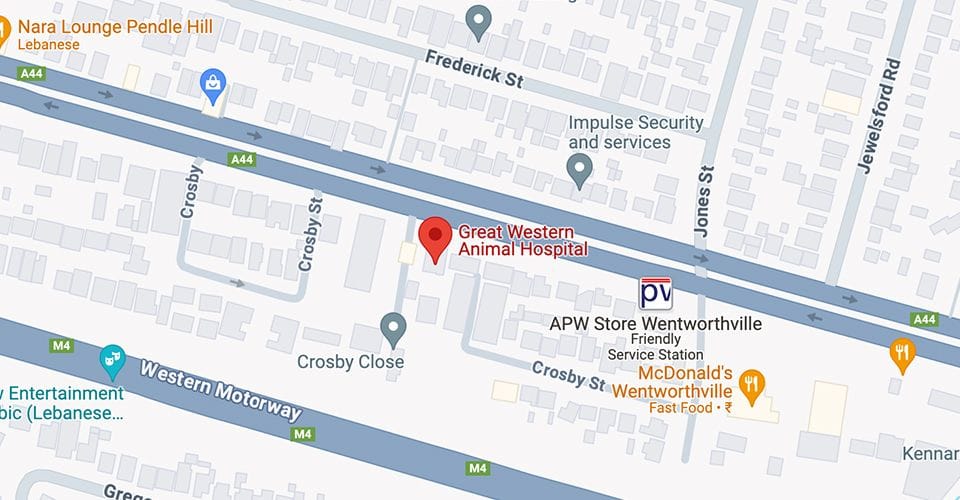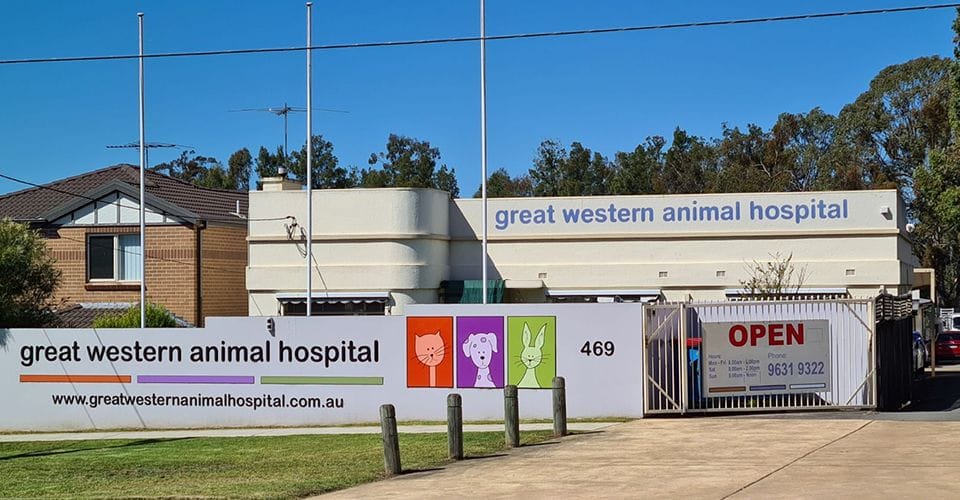My Dog Is Limping – Could It Be a Cruciate Ligament Injury?
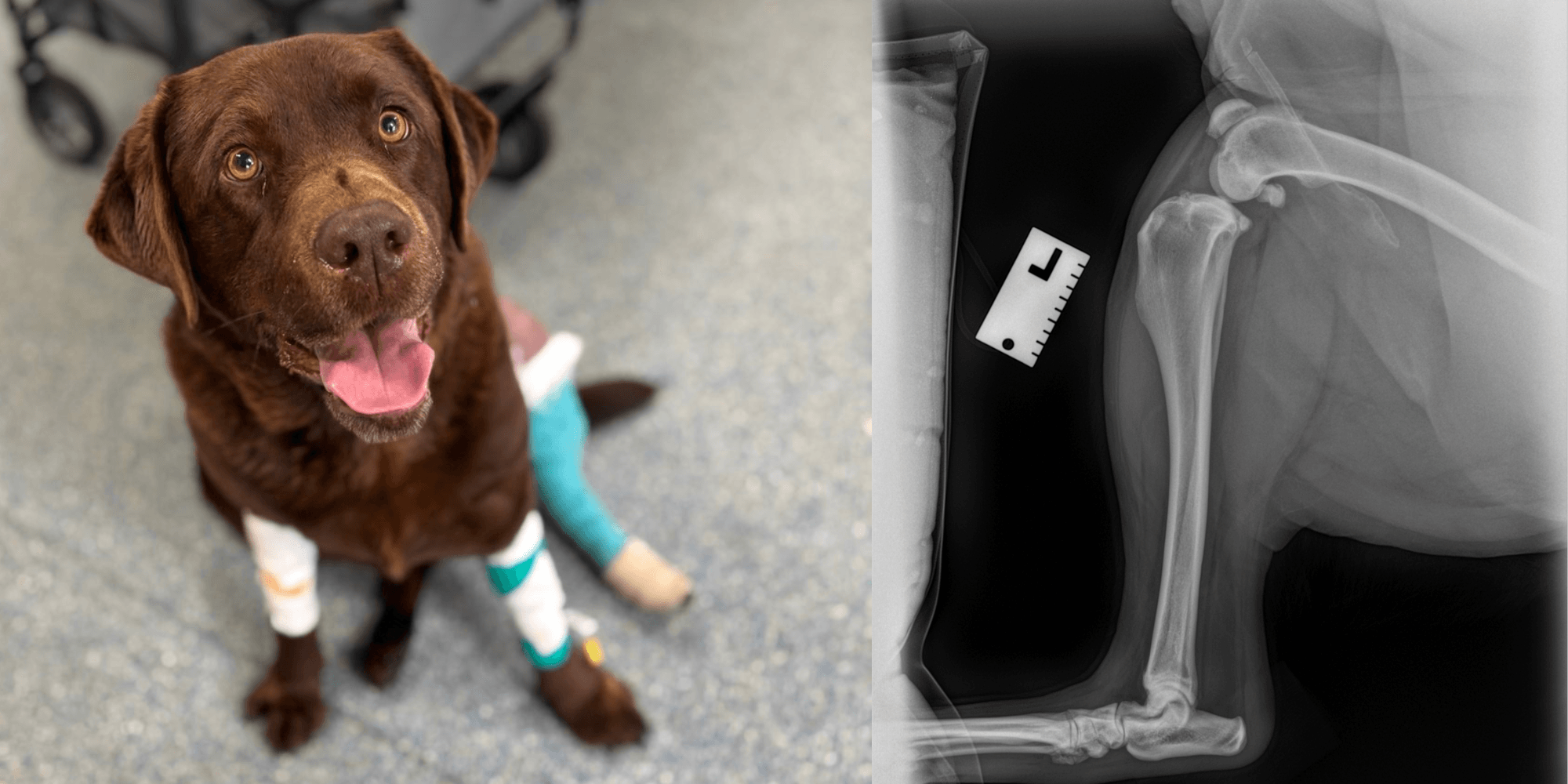)
Introduction: Why Limping Is Never "Just a Limp"
When your dog starts limping, it’s natural to hope it's something minor - a temporary strain, a stubbed toe, or maybe they stepped on something sharp. But in many medium to large breed dogs, limping can be the first sign of a serious and painful condition: a cranial cruciate ligament (CCL) rupture.
At Great Western Animal Hospital, we often see dogs struggling with this common injury. The good news? With early diagnosis and proper care, your dog can get back to enjoying walks, playtime, and tail wags.
What Is the Cranial Cruciate Ligament?
Think of the cranial cruciate ligament (CCL) as one of the main stabilisers of your dog’s knee joint. It connects the thigh bone (femur) to the shin bone (tibia), preventing them from sliding out of place. When this ligament is damaged or ruptures, the knee becomes unstable, causing pain and inflammation.
How Do CCL Injuries Happen?
Unlike people who often injure their cruciate ligament during sports from sudden trauma, dogs are more prone to CCL injuries due to the natural angle and structure of their knees. This angle puts constant strain on the ligament, making it more vulnerable to injury over time.
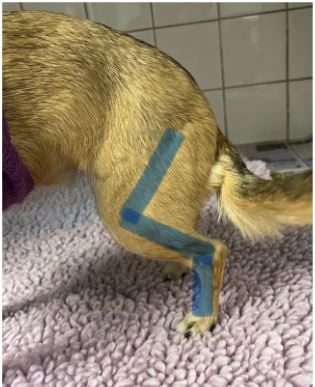
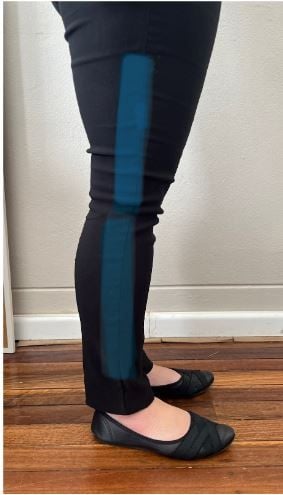
There are two main types of CCL injuries in dogs:
1. Acute Rupture
This happens suddenly - often during a game of fetch or a quick turn while playing. One moment they’re running, the next they’re lifting a back leg and refusing to put weight on it or have a notable limp.
2. Chronic Degeneration
This is sneakier. It builds slowly due to risk factors like genetics, obesity, desexing, age, steep joint angles, or even previous injuries. Patients with these risk factors can suffer from chronic damage from repeated low-grade partial tears. This results in chronic inflammation, arthritis and pain in the joint. This may effect both knees, or one more than the other at different stages. If you pet is suffering from chronic degeneration you might notice they:
- Are stiff after rest
- Struggle to rise
- Have a subtle limp that comes and goes
- Can’t jump into the car like they used to
Why Early Diagnosis Matters
Left untreated, a CCL injury can lead to further complications, including damage to the meniscus (a cushion of cartilage in the knee), worsening arthritis, or even a similar injury in the opposite leg. In fact, 50% of dogs with one CCL injury will rupture the other within 1-2 years.
Diagnosing a CCL Injury
At GWAH, our vets perform a detailed physical exam to assess knee stability. Sometimes, this involves light sedation to get a clearer picture without discomfort to your dog. X-rays are often recommended to confirm the diagnosis and rule out other causes like fractures or bone tumours.
Treatment Options
Surgical Repair - TPLO (Tibial Plateau Levelling Osteotomy)
This is the gold standard for CCL injuries in dogs over 15kg. Rather than replacing the damaged ligament, TPLO changes the angle of the knee joint so that the ligament is no longer needed for stability.
The surgery involves reshaping the top of the shin bone and securing it with a plate and screws. It sounds intense, but the results are impressive: dogs regain pain-free movement and can return to full function.
At GWAH, we partner with Specialist Orthopaedic Surgeons from the Veterinary Specialists of Sydney to perform this advanced procedure.
What About Recovery?
Surgery is just the beginning. Proper recovery is vital to success:
- 8 weeks of strict rest (crate, playpen, or gated area)
- Leash walks only to toilet
- At-home physiotherapy
- 8-week post-op X-rays to assess healing
Some dogs may also benefit from anxiety support or enrichment toys to help them cope during confinement.
Non-Surgical (Conservative) Management
Suitable only for small, elderly, or high-risk patients, this involves:
- Strict rest
- Pain management
- Anti-inflammatory support
While this may reduce discomfort, it won’t restore normal function the way surgery can.
Managing Arthritis Post-Surgery
Even with surgery, arthritis will likely develop in the affected joint. But it can be managed with:
- Maintaining a healthy weight
- Gentle daily exercise
- Supplements (e.g. Antinol)
- Arthritis injections (like Synovan)
- Pain relief when needed
- Physio, laser therapy, or acupuncture
Final Thoughts
A limping dog is trying to tell you something. If you notice any change in your dog’s movement, don’t brush it off. With early diagnosis and treatment, CCL injuries don’t have to be the end of your dog’s active life.
Contact us if your dog is limping - our caring team at Great Western Animal Hospital is here to help.
Helpful Links:
| Tags:Proactive Pet CareDogHealth AdviceClient InformationPet Surgery |
&geometry(180x112))
